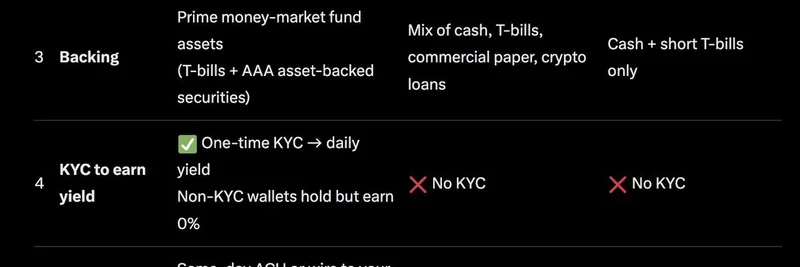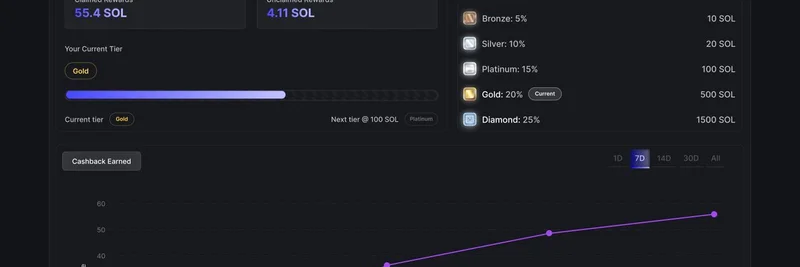In the ever-evolving crypto landscape, where meme tokens like Dogecoin and PEPE capture imaginations and wallets alike, underlying blockchain economics play a crucial role. Today, we're unpacking a pointed critique from Ethereum educator Anthony Sassano (@sassal0x on X), who spotlighted Bitcoin's ongoing fee market woes in a recent thread.
Sassano quoted a post from @ultrasoundmoney, highlighting Bitcoin's daily fees hitting a rock-bottom 3.5 BTC—the lowest 14-day average since 2011. The post emphasized how fees are decaying faster than Bitcoin's issuance rate, equivalent to what we'd see after seven halvings, or about 27 years from now. It wrapped up with a stark warning: "You're not bearish enough on Bitcoin."
Building on this, Sassano didn't mince words: "I was assured by some Bitcoiners who consider themselves very intelligent that Ordinals/Inscriptions would fix Bitcoin's fee market. In reality, Bitcoin has a built-in ticking time bomb that can only be fixed by adding tail issuance (aka breaking the 21m cap)."
For those new to the terms, Ordinals are a protocol allowing users to inscribe data—like images or text—directly onto Bitcoin satoshis (the smallest unit of BTC), essentially creating NFT-like assets on the Bitcoin blockchain. Inscriptions refer to the data embedded this way. This innovation sparked a frenzy in 2023, birthing BRC-20 tokens, which are fungible tokens on Bitcoin, often with meme-inspired themes similar to ERC-20 tokens on Ethereum.
The hype around Ordinals temporarily spiked Bitcoin's transaction fees, as users rushed to mint these digital collectibles and tokens. It was touted as a savior for Bitcoin's security model. Why? Bitcoin relies on miner rewards from block subsidies (new BTC minted per block) and transaction fees. As halvings reduce subsidies every four years, fees need to pick up the slack to incentivize miners and secure the network. Without sufficient fees, the network could become vulnerable.
But as Sassano points out, that fee surge was short-lived. Fees have cratered again, exposing what he calls a "ticking time bomb." Tail issuance means introducing ongoing inflation beyond the 21 million BTC cap to sustain miner rewards—a taboo in Bitcoin circles, where the fixed supply is sacred.
Now, how does this tie into meme tokens? Meme coins thrive on low-cost, high-volume transactions—think airdrops, viral trading, and community-driven hype. On Bitcoin, Ordinals enabled meme token experiments like ORDI or SATS, but the network's high fees during peaks and now insufficient overall activity highlight limitations.
Contrast this with Ethereum, where layer-2 solutions like Base or Arbitrum offer dirt-cheap fees, fueling meme token explosions. Solana, another favorite for memes, boasts sub-cent transactions even during booms. Bitcoin's fee volatility could deter meme creators and traders, pushing innovation elsewhere.
This debate underscores a broader point for meme token enthusiasts: blockchain choice matters. While Bitcoin's prestige draws some projects, sustainable economics are key for long-term viability. If fees don't stabilize, meme tokens on BTC might remain niche, while ETH and SOL continue dominating the fun, chaotic world of memes.
For more insights on how blockchain tech influences meme tokens, check out our knowledge base on Ethereum layer-2s or Solana meme ecosystem. Stay tuned as we track these developments—crypto never sleeps!




